
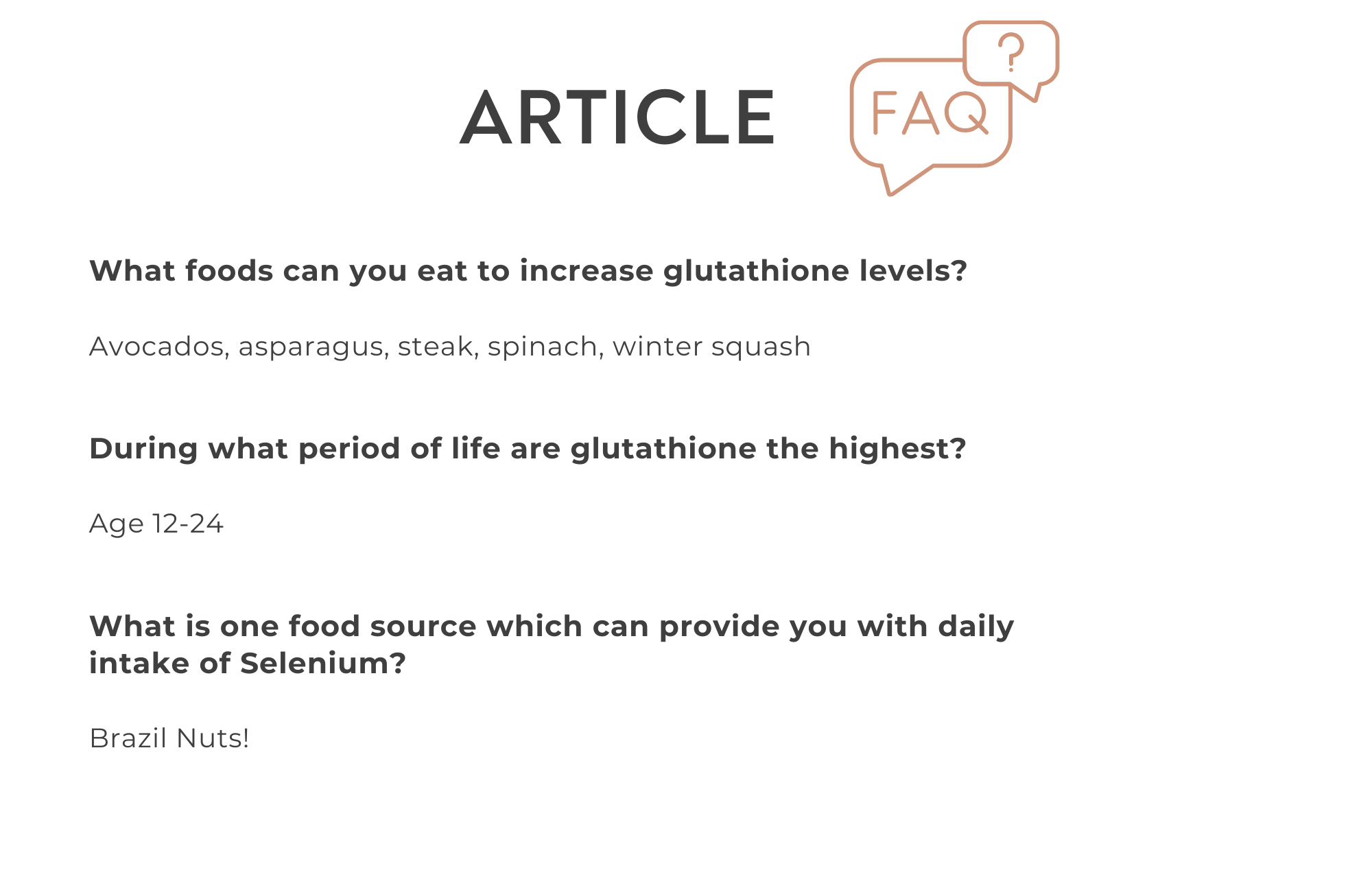
 919-999-0831
919-999-0831



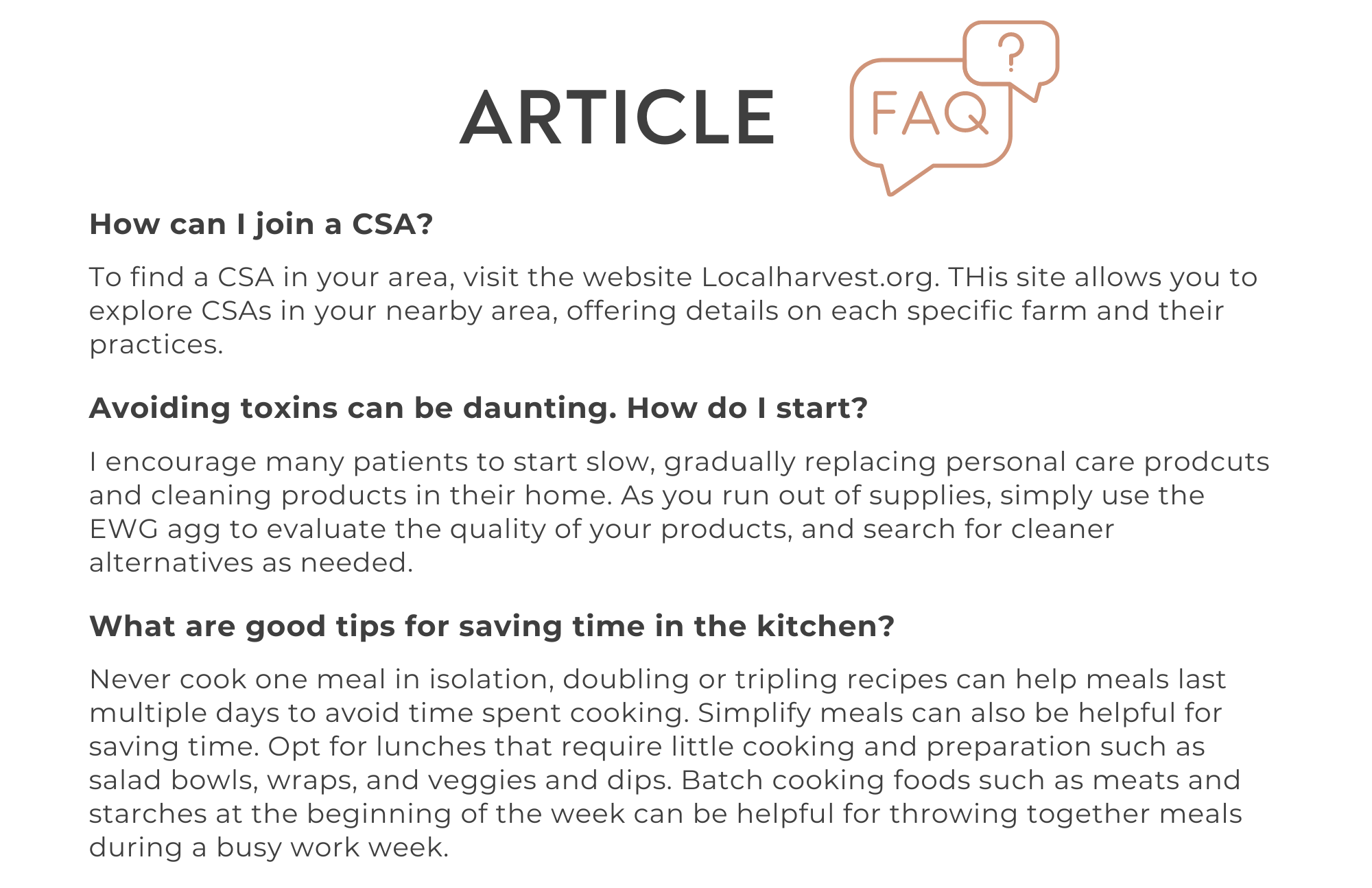
Shane Hemphill, MD
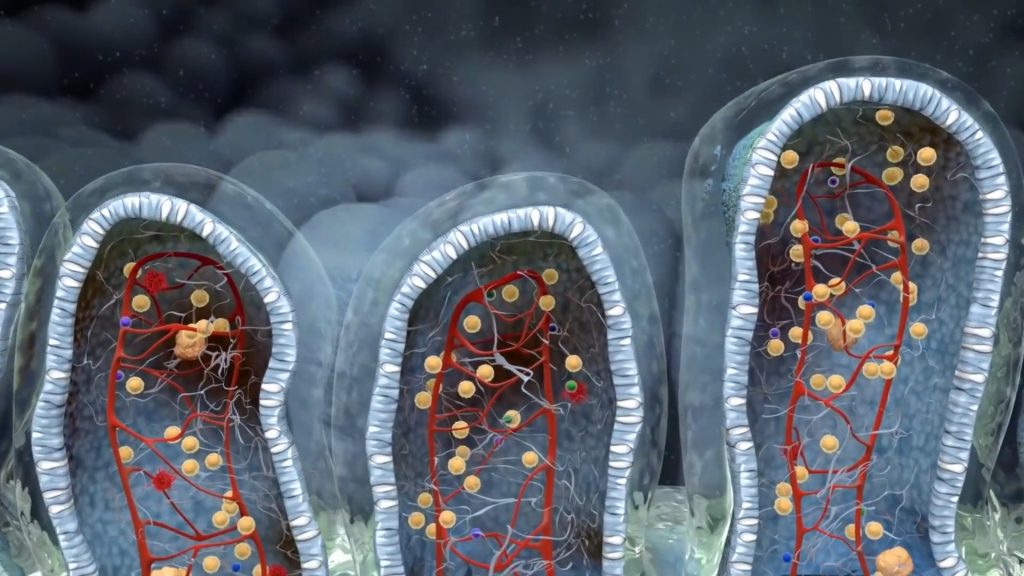
Part II – Low SIgA And How Do We Treat
So your functional medicine provider ordered a Comprehensive Stool Analysis and your SIgA levels are found to be low. What is your next step? The answer is going to vary from person to person, but the ultimate answer is in finding the root cause.
This may include evaluating for and removing a food sensitivity, mold sensitivity, or infection that has over time depleted the immune response.
Once we have eradicated our offending agent we need to look at ways to improve our SIgA levels.
As a general rule the first step is to use an anti-inflammatory diet such as a Mediterranean diet. This is rich in fruits, vegetables, nuts, legumes, olive oil, and fish and low in red meat and saturated fats. One can also eliminate fried foods, processed foods, sugary snacks and soda.
More specific treatments Include:
A diet rich in Polyphenols such as cacao, green tea, and grapeseed extract which have shown to increase SIgA levels.
Saccharomyces Boulardii – This probiotic yeast has been shown to raise SIgA levels while also being very effective against Clostridium Difficile and Candida Overgrowth.
Colostrum – an Immunoglobulin secreted in the early stages of breast-feeding. This has shown to stimulate SIgA levels.
Beta Glucans – This is a type of soluble fiber found naturally in a variety of food sources including oats, barley, rye, rice and mushrooms like Reishi and Shiitaki.
Bone Broth – This is made by simmering the bones and the connective tissue of animals. This forms a stock for making soups, sauces and gravies. Depending on which part you use it contains vitamins, minerals as well as collagen and other amino acids that increase SIgA levels.
Fat Soluble Vitamins – Vitamin A is needed for the transport of SIgA over the mucosal lining. It is suggested that Vitamin A is also involved in the synthesis of other immunoglobulins and has an important influence on our humoral immune system.
Stress Management – Last but not least, Cortisol is the main stress hormone that can decrease SIgA levels. We need to look over your current stressors or perceived levels of stress and then work to reduce them. This can be done through aerobic exercise, yoga, breathing techniques, meditation as well face to face conversations with your friends, family or therapist.
Our functional medicine physicians can help you understand the root cause of low SIgA and design a treatment plan specifically for you, please call our office at 919-999-0831 to get scheduled.
Your Partner in Health!
Shane Hemphill, MD

Clarissa A. Kussin, ND, FMCHC, ERYT-500
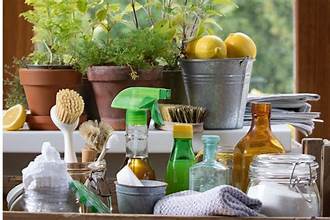
As we journey through spring, it’s crucial to ensure our homes remain safe havens for our respiratory health. Many common household cleaners contain chemicals that provoke or worsen asthma or COPD symptoms, making cleaning uncomfortable and potentially dangerous. It is also important to consider our indoor air quality by using more eco-friendly products and lowering our risk of asbestos exposure which can be found in some houses, and in the long run, can affect the lungs developing. Today we’re focusing on sourcing lung-friendly household products to support your well-being.
1. Understanding Lung-Safe Products: Choosing the right household products can significantly impact respiratory health. Opting for lung-safe options reduces exposure to volatile organic compounds (VOCs), fragrances, and other irritants. Look for products labeled as “fragrance-free,” “non-toxic,” and “low VOC.”
2. Recommended Brands: We’ve curated a list of reputable brands known for their commitment to lung-safe products:
3. DIY Lung-Safe Alternatives: For those who prefer a hands-on approach, crafting your own cleaners allows full control over ingredients. Simple, lung-safe recipes often include ingredients like baking soda, vinegar, castile soap, and essential oils (for those not sensitive to them). Check out reputable sources like the Environmental Working Group (EWG) for safe DIY recipes.
4. Resources for Lung-Safe Living: Stay informed and empowered with these valuable resources:
Remember, small changes can make a big difference in supporting respiratory wellness and investing in your health is an investment in a brighter and more fulfilling future. Stay safe and breathe easy!
If you’re ready to experience the transformative benefits of health coaching, reach out to us today! Our team of experienced health coaches are here to guide you on your journey to optimal health. Call 919.999.0831 to get scheduled.
To your health and happiness!
Clarissa A. Kussin, ND, FMCHC, ERYT-500

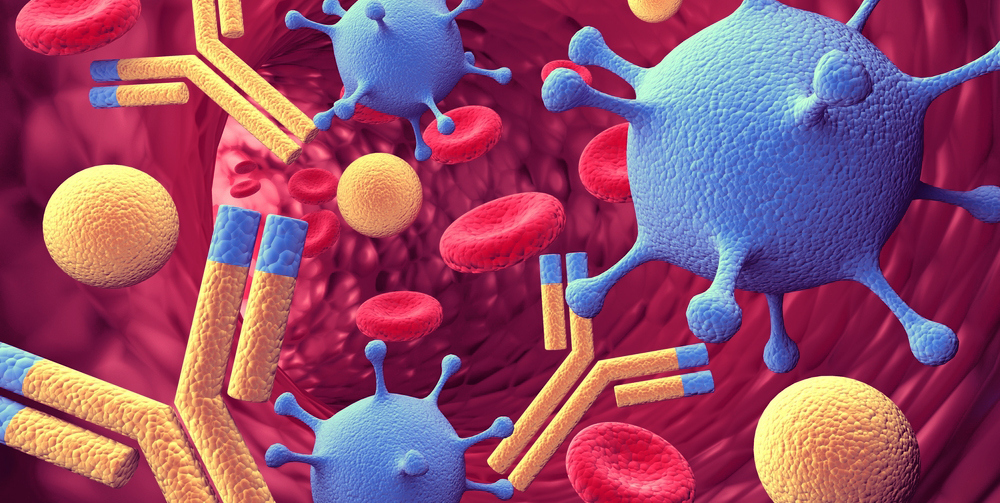
| They say that any system is only as strong as its weakest link. It turns out, our digestive and immune systems are only as strong as their weakest leak. Imagine your gut as the body’s security guard. The tight junctions between the cells of your intestines decide who gets in and who doesn’t. But what happens when the gut becomes too permissive and allows unwanted guests through? That’s where “leaky gut” comes into play. Leaky gut, or intestinal permeability, is a condition where the lining of the intestines becomes more porous than it should be. Instead of acting like a strict bouncer to the coolest club in town, the tissue starts allowing substances that shouldn’t enter your bloodstream. This includes undigested food particles, bacteria, and toxins. When the gut barrier is compromised and unwanted intruders enter the bloodstream, your immune system, which usually only targets harmful invaders, can get confused and launch a response against your body’s own tissues instead. It’s like friendly fire within your body! According to the NIH (National Institutes of Health) around 23.5 million (7%) Americans suffer from an autoimmune condition. And 75% of those affected are women. Hashimoto’s thyroid disease, ulcerative colitis, rheumatoid arthritis, psoriasis, vitiligo and multiple sclerosis are some of the more than 80 known autoimmune diseases commonly seen at Carolina Total Wellness. Three Steps to Preventing or Reversing Autoimmune Disease: Not every autoimmune disease is curable or reversible but there are some proven steps you can take to reduce the effects on your health. 1. Manage Your Stress Stress isn’t just in your mind; it affects your gut, too. When we are facing a perceived physical or emotional threat, our bodies are wired to respond by directing resources to your vital organs and away from your digestive and reproductive functions. When you don’t have sufficient digestive enzymes and gastric acid to break foods down, they may be more irritating to your gut lining and/or penetrate the lining as larger particles than your blood stream knows how to handle. It’s not always possible to avoid stress but you can practice strategies to help you minimize the effects. Get 8 consistent hours of sleep each night. Practice saying ‘no’ – it is a full sentence. Go outside and take a walk – without devices. Laugh with a good friend. 2. Eat Gut-Healing Foods Eating a balanced diet is crucial for maintaining gut health. A diet rich in fiber, fruits, and vegetables promotes a diverse gut microbiome and a healthier gut lining. Use the rainbow as a template to guide your shopping list and eat foodsof every color several times per week. Probiotics, found in foods like yogurt, sauerkraut and kimchi help eliminate toxins and aid the digestion of nutrients from the foods you eat. Eat fermented foods several times each week to strengthen the lining of your digestive tract. Bone broth has proteins and gelatin to soothe the inner lining of the gut. Sip on some bone broth instead of coffee in the morning if you’re trying to kick the caffeine habit. 3. Fasting Fridays Once a week, skip breakfast (and the coffee/creamer.) An occasional, extended break from the hard work of digestion, also known as intermittent fasting, lets your gut clean out old debris and calms the immune system. You may discover improved mental clarity and energy, too. In fact, you may like it so much that you decide to skip breakfast two or three days a week. Healing the Gut. If you suspect you have a leaky gut or an autoimmune disease, consult afunctional medicine practitioner. They can recommend personalized approaches like dietary changes, supplementation, and lifestyle modifications to heal your gut and reduce inflammation. Autoimmunity and leaky gut are two puzzle pieces that fit together more than we once thought. Maintaining a healthy gut through a balanced diet, managing stress, and seeking professional guidance when needed can be your key to preventing or managing autoimmune diseases. Remember, the journey to optimal health is unique for everyone. Keep exploring, learning, and making choices that support your well-being. Your Partner In Health, Erica Nelson, MSPH, NBC-HWC |
 |

| As grilling season kicks off, let’s explore how to enjoy deliciously grilled meals while minimizing oxidative damage for the sake of our health. Let’s fire up the grill with care! What is Oxidative Damage? During high-heat cooking methods like grilling, oxidative damage can occur. This happens when certain compounds in food interact with heat and create harmful free radicals, which can potentially damage cells and contribute to various health concerns. Grilling Tips for Healthier BBQ: 1️⃣ Marinate to the Rescue: Marinating your meats before grilling can offer a protective shield. The combination of herbs, spices, and acidic ingredients like lemon juice or vinegar can reduce the formation of harmful compounds while adding flavor. 2️⃣ Mindful Meat Prep: Trim excess fat from meats to minimize flare-ups and reduce the risk of charring. Fat dripping onto the flames can generate harmful smoke that may deposit on food. 3️⃣ Precook Partially: To reduce grilling time and limit exposure to high heat, consider partially cooking meats in advance. This can be done through baking, steaming, or parboiling, and it allows for more controlled grilling. 4️⃣ Opt for Lean Cuts: Choose leaner cuts of meat or skinless poultry options. These tend to produce fewer drippings and, thus, fewer harmful compounds. 5️⃣ Embrace Veggies and Fruits: Incorporate an array of colorful vegetables and fruits onto the grill. They are naturally packed with antioxidants, which can help counteract oxidative damage and provide a healthier grilling option. The Importance of Healthier Grilling: Reducing oxidative damage while grilling is crucial for the following reasons: Cellular Protection: By minimizing exposure to harmful compounds, we support the health and integrity of our cells, reducing the risk of chronic health conditions. Antioxidant Boost: Enjoying antioxidant-rich foods and reducing oxidative damage contributes to overall well-being and helps maintain a balanced diet. Flavorful and Safe: Following these tips not only supports our health but also preserves the flavors of grilled foods, ensuring an enjoyable and satisfying culinary experience. Grill with Care, Savor with Joy: As we embark on grilling adventures, let’s keep in mind the impact of high-heat cooking. By adopting mindful techniques and incorporating healthier choices, we can enjoy delicious grilled meals while prioritizing our well-being. Enjoy grilling season and let’s celebrate the summer with flavors, health, and togetherness! Your Partner In Health, Clarissa A. Kussin, ND, FMCHC, ERYT-500 |

 |
Whether you’re a new parent, someone with sensitivities to chemicals, or just looking to create a healthier home environment, the Non-Toxic Home Guide will help you tremendously. I hope this guide is informative and helpful in your journey toward a healthier home. If you have any questions , please don’t hesitate to contact your functional medicine health coach at CTW. We are always here to help. RECIPES: All-Purpose Cleaner: Mix equal parts white vinegar and water in a spray bottle. Add a few drops of your favorite essential oil for a pleasant scent. Glass Cleaner: Mix equal parts white vinegar and water in a spray bottle. Spray the solution onto your mirrors or windows, and use a microfiber cloth to wipe them clean. Mirror and Glass Cleaner: Mix equal parts white vinegar and water in a spray bottle. Spray the solution onto the mirror or glass surface and wipe with a clean cloth or newspaper. Tile and Grout Cleaner: Mix 1/2 cup of baking soda with1/4 cup of hydrogen peroxide and 1 tablespoon of dish soap. Apply the solution to the tile and grout using a spray bottle or a sponge. Let it sit for 5-8 minutes before scrubbing with a soft-bristled brush. Rinse thoroughly with water. Carpet Stain Remover: Mix 1/4 cup of white vinegar, 1 tsp of dish soap, and 1 cup of warm water in a spray bottle. Spray the mixture on the stain, let it sit for 5-10 minutes, then blot with a clean cloth. Toilet Bowl Cleaner: Pour 2 cups of white vinegar and then 1 cup of baking soda into the toilet bowl. Let it sit for15-20 minutes before scrubbing it with a toilet brush. Flush the toilet to rinse. Oven Cleaner: Mix 1 cup of baking soda with a small amount of water to form a paste. Apply the paste to the inside of the oven, avoiding heating elements. Let it sit for a few hours or overnight, then wipe it clean with a damp cloth. Grease Cutter: Mix 1 cup of warm water with 1/3 cup of white vinegar, 1/8 teaspoon of dish soap, and 1 teaspoon of baking soda. Apply the solution to greasy surfaces with a sponge or cloth and wipe clean with a damp cloth. Floor Cleaner: Mix ¼ cup of castile soap with a gallon of warmwater. Use a mop to clean your floors as usual. Stainless Steel Cleaner: Mix 1/2 cup of olive oil with 1/2 cup of white vinegar. Add 10-20 drops of citrus essential oil. Spray onto stainless steel surfaces and wipe clean with a micro fiber cloth. Shower and Tub Cleaner: Mix 1/2 cup of white vinegar with 1/2cup of Sal Suds. Apply the solution to the shower or tub using a spray bottle or a sponge. Let it sit for 3-5 minutes before scrubbing with a soft-bristled brush. Rinse thoroughly with water. Basic Laundry Detergent: Mix 1 cup of washing soda, 1 cup of baking soda, 1/4 cup of Epsom salt, and 25 drops of essential oil in a large bowl. Store in a glass jar and use 1-2 tablespoons per load. Vinegar Fabric Softener: Mix 1 cup of white vinegar with 20-30drops of essential oil in a spray bottle. Spray onto clothes before putting them in the dryer Your Partner In Health, Clarissa A. Kussin, ND, FMCHC, ERYT-1000 |
 |
Frances Meredith, MD

For many Valentine’s Day brings with it thoughts of chocolate. February is both American Heart Month and National Chocolate Lovers Month, a brilliant combination as the nutrients within chocolate can help to improve heart health. Let’s dig into the good, the bad, and the ugly of chocolate.
Dark chocolate is rich in polyphenols, specifically flavonoids, the substances that have a wide range of health benefits. These include lowering blood pressure, improving the function of our vascular endothelium (the inner walls of our arteries), protecting skin against sun damage, improving blood flow to the brain, and reducing the risk of cardiovascular damage. Dark chocolate has also been proven to help with mood. These benefits come from chocolate’s ability to promote production of the vasodilator Nitric Oxide as well as the anandamide within, a cannabinoid compound (like CBD) that binds to receptors in the brain to alter mood and brain activity. In addition, methylxanthine compounds, such as theobromine and caffeine, are powerful antioxidants. Remember that these are stimulants as well and should be kept far from your bedtime.
As milk chocolate has a much higher sugar content and lower flavonoid content, dark chocolate, at least 70%, is the best choice. Know that white chocolate has no flavonoids, and hot chocolate mixes have very low amounts. As even dark chocolate has sugar, limiting daily intake to 1 oz of at least 70% dark chocolate is the best choice.
There is however, a DARK side to chocolate: heavy metals. Lead and cadmium have been known for many years to be elevated in chocolate. Consumer reports has recently reported their results of batch metals testing of multiple brands of chocolate. They have confirmed levels of metals in many brands of chocolate that exceed California Proposition 65 standards, specifically for lead and cadmium. These metals are associated with multiple health issues in both children and adults. The risk is highest for young children and pregnant women as metals have a negative effect on brain development and IQ. However, even outside this patient population, accumulation of metals in the body can cause a wide range of health conditions including kidney damage, elevated blood pressure, immune and hormonal disruption, and central nervous system dysfunction.
Now why would metals be in our chocolate? For cadmium, the cacao plant absorbs the metals from the soil and levels accumulate in the beans. Lead, however, gets in after harvesting, with levels rising as the beans dry and are processed. Highest levels are found on the outside of the bean, consistent with environmental contamination.
So…. should we give up chocolate? My vote is a resounding NO! The “Yum” and “Aaaaah” response to chocolate are undeniable, and the health benefits are substantial and backed by science. The Consumer Reports study gives us guidance as to which brands of dark chocolate are lowest in metals. See the report for details where one bar each from Mast, Tatza, and Valrhona, and two bars from Ghirardelli have relative low levels of both cadmium and lead
https://www.consumerreports.org/health/food-safety/lead-and-cadmium-in-dark-chocolate-a8480295550/
From the Functional Medicine perspective, food is medicine. But the devil is in the details where purity, dose and timing make it medicine or poison. Choose your brand wisely, be moderate in your amount, and time your chocolate well away from your bedtime. And most of all: ENJOY!

Your partner in health,
Frances T Meredith, MD
Susan Denny, MD, MPH
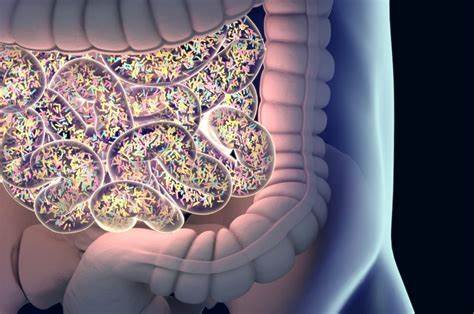
Do You Have Leaky Gut?
If you suffer from a chronic health condition and have been researching how to improve your health, you may have heard of leaky gut. If that conjures up an unpleasant image of gut materials leaking in to your bloodstream, you are not far off. Leaky gut happens when contents from the small intestine spill into the sterile bloodstream from a damaged or “leaky” gut wall. This contamination of the bloodstream by digested foods as well as bacteria, yeast, and other pathogens is often the foundation for chronic inflammatory and autoimmune health disorders.
Leaky gut is referred to as increased intestinal permeability in scientific research and is increasingly being recognized as a common underlying factor in most inflammatory symptoms and disorders. As our body’s largest immune organ, the gut powerfully influences the rest of the body. Importantly, this includes the brain. Current scientific studies link intestinal permeability with inflammatory bowel disorders, gluten sensitivity, celiac disease, Crohn’s disease, type 1 diabetes, depression, anxiety, psoriasis, and many other chronic conditions.
Given what we know about the connection between gut health and immunity, it is vital to include a gut repair protocol in the treatment of inflammatory and autoimmune disorders. Repair of leaky gut begins with understanding why it developed in the first place. Reasons for leaky gut can include over the counter or prescription medications, antibiotic use, toxin exposure, hormonal changes, food intolerances, poor diet and others. After root causes are identified, a leaky gut protocol can help you improve your health, relieve symptoms, boost energy, make you happier, and clear your brain fog. Ask our office for advice on improving your overall health through a personalized leaky gut evaluation and treatment plan.
Your Partner in Health!
Susan Denny, MD, MPH
Frances T Meredith, MD
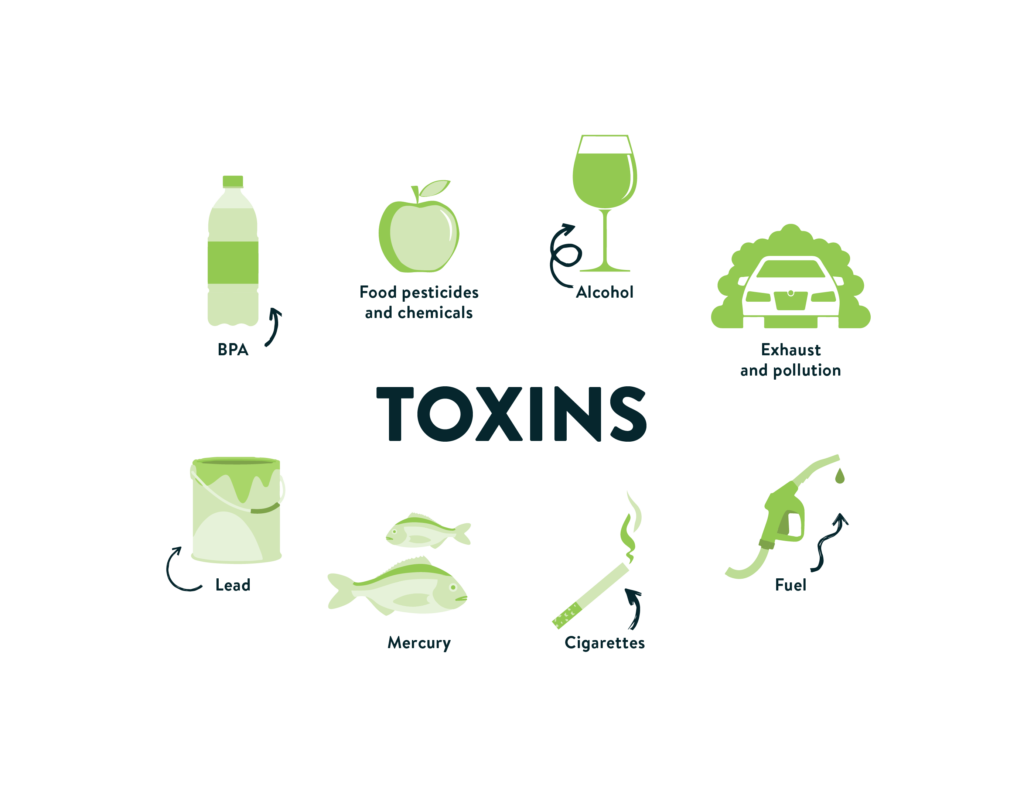
We are swimming in toxins every day from the water we drink, the air we breathe, the food we eat, and the products we use on our bodies, and in our homes and yards. We have all heard the story of Flint Michigan. But lead exposure is just the very tip of the iceberg of our daily toxin exposure.
Toxins now are well established to impair the ability of our mitochondria, the batteries in every cell, to create energy. That has downstream effects in every organ system. Many studies clearly establish that toxins underlie many chronic diseases including neurogenerative disease (think Parkinson’s, Alzheimer’s, ALS), autoimmunity, hormone disruption (think thyroid and endometriosis) and > 50% cases of gout. Did you know toxins often lurk beneath depression, anxiety, and ADHD?
There are simple things we can all do to both decrease our exposure and assist our body in moving out toxins. The first step is a good look at where the toxins are coming from. Stop the inflow! Environmental toxins include chemicals, metals, mold, particulate matter in the air, ozone, radiation, and EMF. And don’t forget those ever-present psychic toxins that have escalated in the past few years: toxic relationships, social media, and news. Toxins also can come from within, in the byproducts created by intestinal bacteria, our own hormone processing, and our own natural detox pathways. Then we often “choose our poisons”, drinking that evening wine to wind down, vape, diets that are too acidic, or choosing non pure forms of hemp, and often using them for the wrong reasons.
I’d like to take a bit of time to dig into environmental toxins. First, metals. We all know about lead exposure, but did you know that our city water has arsenic? Kale is often filled with thallium? Do you have mercury fillings? If so, are they stable or are they leaking low level mercury into your body every day?
Next, a bit more focus on chemicals. Many chemicals are known to be “gender benders”, disrupting our hormone pathways, plugging into the estrogen receptors and not letting go, decreasing fertility in women, sperm counts in men. The big offenders on the “gender bender” list are phthalates, bisphenols, parabens, triclosan in antibacterial soap, and PCBs. Below is a list of chemicals to which we are frequently exposed, creating buildup over time.
So how can we help our body deal with this onslaught of chemicals? First, stop the inflow:
Then we can get the body ready to move toxins out. This will take guidance from your Functional Medicine provider and will include essential nutrients, balancing the intestinal bacterial microbiome, an “oil change” to remove and replace damaged oils in cellular membranes where toxins reside, adding binders to catch and remove toxins as they are excreted by liver/gallbladder into the intestinal tract. The “prep” also includes many pieces to get liver and kidneys ready. Then, and only then, can we proceed to escort the toxins out without creating further damage. “Detox” without this prep is very dangerous.
Once we move into the process of escorting out the toxins, we choose supplements, foods, and sometimes medications to grab and move toxins out of tissues. At the same time, we use many modalities including lymphatic massage, infrared sauna, castor oil packs, and CranioSacral therapy to support the lymphatic system whose job it is to move those toxins through and out.
Unfortunately, we no longer live in an organic world as did our predecessors. We are swimming in toxins every day and all have a role to play in the cleanup and healing of our planet. As we set this intention, we must support the beautiful creation that is our body in order to survive and thrive in this toxin filled world.
“Detox your mind, body, AND your contact list”
-Supa Nova Slom
Your provider at Carolina Total Wellness would be happy to discuss strategies to better optimize your body’s ability to thrive in this world of toxins.
Your partner in health,

Frances T Meredith, MD
Functional medicine is a science-based health care approach to assess, prevent and treat complex chronic disease.
![]() Learn More
Learn More
After a brief allergy test, you can begin sublingual immunotherapy (SLIT), or allergy drops under the tongue. No more allergy shots!
![]() Learn More
Learn More
Learn how to prepare for your visit and what to expect at your initial consultation and at your follow-up visits with our office.
![]() Learn More
Learn More